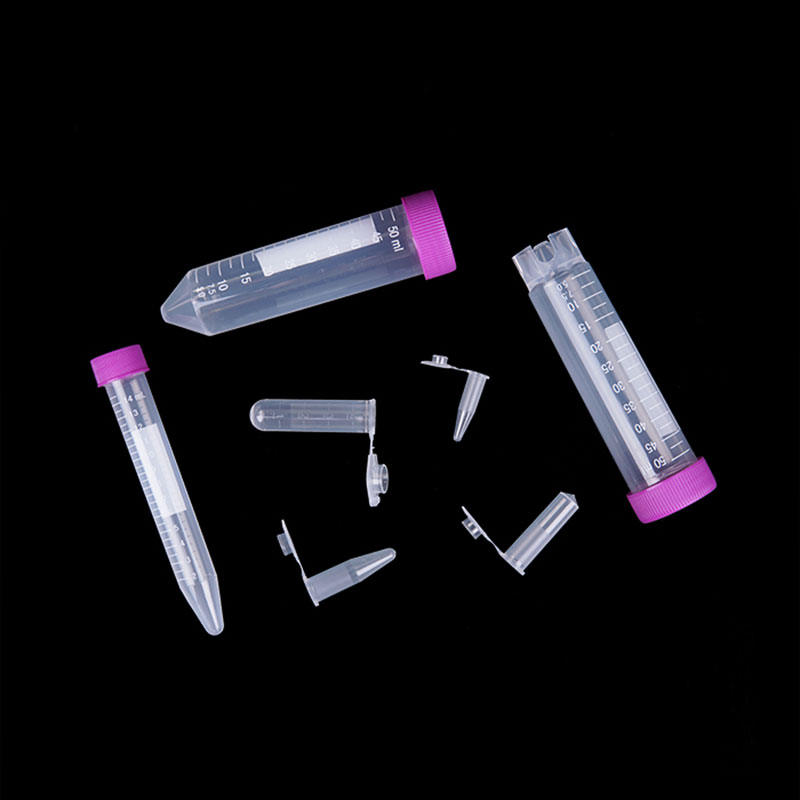Features of centrifuge tubes
2023-10-18
A centrifuge tube is a laboratory tool used for holding and processing liquid samples in centrifuges. Centrifuges are machines that apply centrifugal force to separate components of a liquid mixture based on their density and sedimentation rates. Centrifuge tubes are specifically designed to withstand the forces generated during centrifugation.
Key features of centrifuge tubes include:
1. Material: They are usually made from materials such as polypropylene or other types of plastic that can withstand the high speeds and forces of a centrifuge.
2. Design: Centrifuge tubes come in various designs, including conical-bottom tubes and round-bottom tubes. Conical-bottom tubes are more suitable for pelleting particles at the bottom during centrifugation, while round-bottom tubes are often used for mixing or general storage.
3. Cap: Most centrifuge tubes come with a screw cap or snap-on lid to securely seal the tube, preventing sample leakage or contamination during centrifugation.
4. Graduations: Many tubes have volume graduations marked on the side to allow for accurate measurements of liquid samples.
5. Types: Depending on the intended use, there are specialized centrifuge tubes, such as microcentrifuge tubes for small volumes or high-speed centrifugation and ultracentrifuge tubes for ultra-high-speed applications.
6. Compatibility: Centrifuge tubes need to be compatible with the specific centrifuge model being used to ensure safe and effective separation.
Centrifuge tubes are used in a wide range of laboratory applications, including but not limited to:
- Separating cellular components from blood samples.
- Precipitating nucleic acids or proteins.
- Pelleting cellular debris or particles.
- Concentrating samples.
- Clarifying liquid mixtures.
- Separating phases in liquid-liquid extractions.
When using centrifuge tubes, it's important to follow proper laboratory techniques, including balancing tubes in the centrifuge to prevent vibration and ensuring that the tubes are closed securely to prevent spills or sample contamination. Always refer to the manufacturer's instructions and recommended operating conditions for both the centrifuge and the tubes to achieve accurate and reliable results.



